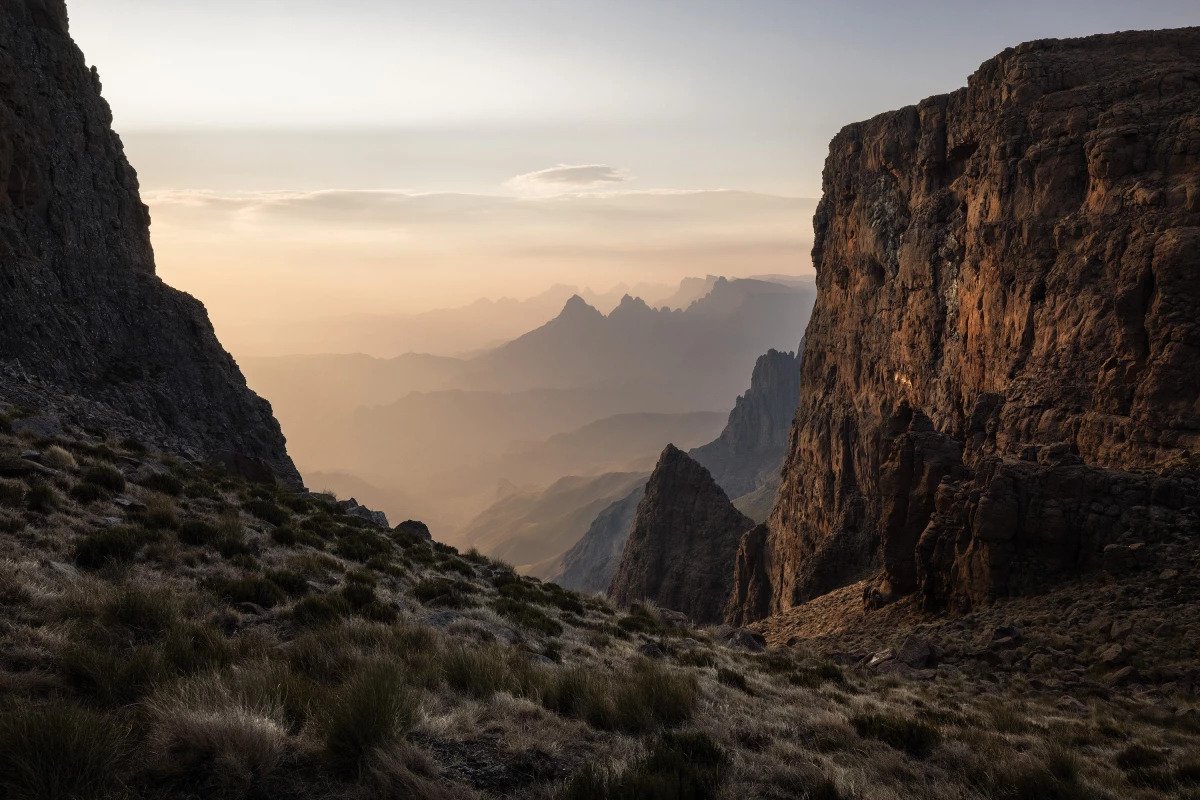“The competition aims to represent landscape photographers who recognize the power that comes from truthful depiction of the natural world, whether shooting digitally or on film,” the founders explain, outlining the competition’s general philosophy. “While other competitions may allow complete freedom in digital manipulation, this competition is for photographers who choose to work within the more traditional bounds of the medium, while still expressing themselves creatively. It addresses the idea that the unique quality photography has over other artistic mediums is its grounding in reality.”
The golden rule of the competition is, “The integrity of the subject should be maintained.” Post-processing techniques are not entirely banned, and a number of touch-up digital adjustments are allowed, but ultimately, the goal is to keep the final image as close to what would be experienced in reality as possible. And to this end, all finalists are required to supply RAW files so the judging panel can evaluate whether the end product has been overly manipulated.
US-based landscape photographer Eric Bennett took the overall Photographer of the Year award in the inaugural competition. Bennett says he usually doesn’t enter photo contests because his unprocessed visual style is frequently overlooked, but he entered this novel contest to show his support for the principles of celebrating natural imagery.
“As a photographer who strives to show people the value of wilderness, I have always enjoyed seeing and creating more subtle and personal photographs that portray nature in a realistic manner,” says Bennett. “As these kinds of images tend to have a quieter impact, they often end up being largely ignored in most photography competitions.”
Steve Alterman won the prize for Photograph of the Year with an unconventional take on a landscape photograph. Alterman’s winning shot turned a close-up of an iceberg on a black sand beach into a surreal take on a glacier with a small orange rock standing in for the Moon.
“Landscapes come in many sizes,” says Alterman. “Sometimes the best images are literally at your feet! Fellsfjara is the black sand beach opposite the famous glacial lagoon in southeastern Iceland. As icebergs from the lagoon wash out to sea, many of them are stranded on the beach, destined to melt away.”
Alongside the top prizes, the competition features individual winners in Aerial, Nightscape, Abstract and Landscape categories.
Take a look through our gallery at more highlights from this impressive new photo competition.
Source: Natural Landscape Photography Awards
–
–
–
















Please keep comments to less than 150 words. No abusive material or spam will be published.
Not sure how it passed the smell test.
The sky is way beyond what the eye would really see.
Perhaps SOC would be better rather than “Minimal” post processing seeing as the example that won is obviously heavily edited.
I support this initiative very much.
The Eric Bennett photo is not heavily manipulated at all. The problem that led to the creation of this contest was too many digital art creations masquerading as ‘photographs’ despite having things like sky replacement, sky and moon additions, fake rays of light, people or animals added to landscapes in the perfect spot for best effect, entire mountains added, colors completely changed…you get the idea. Nobody has ever objected to a bit of control over light and dark areas with dodging and burning, or choosing an appropriate brightness and contrast (like choosing paper grades of old) to present the natural scene with a photographer’s eye.
Cheers
–